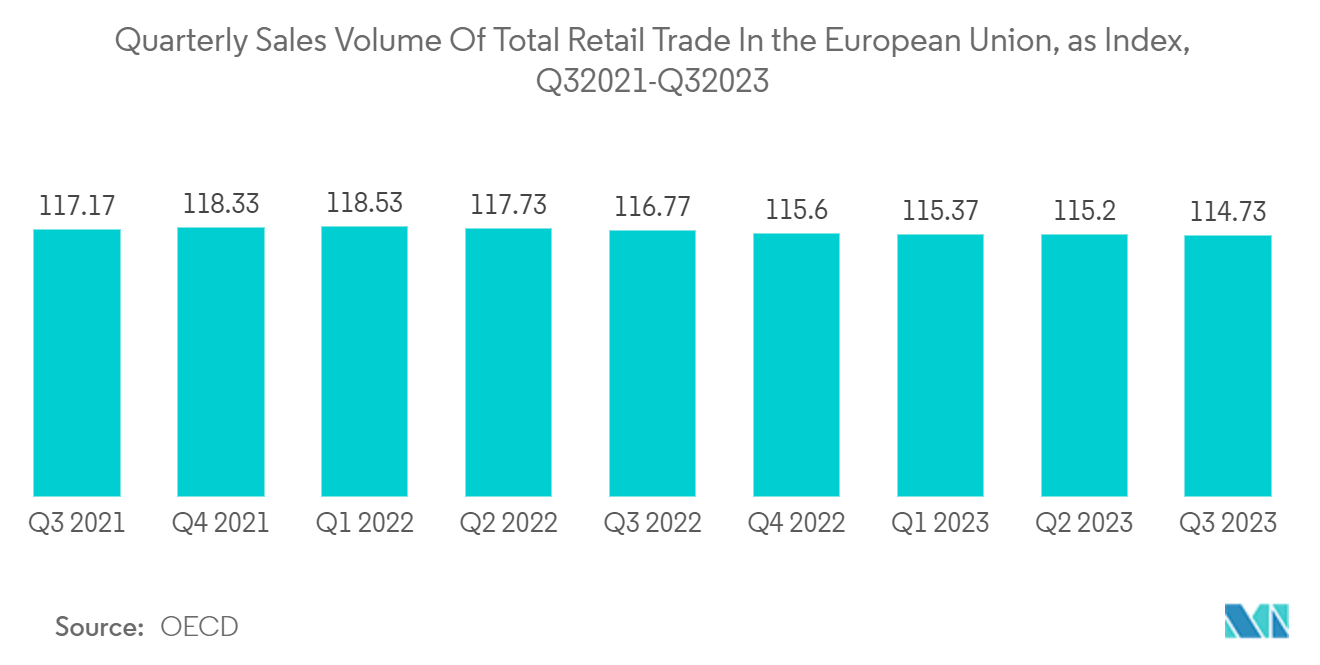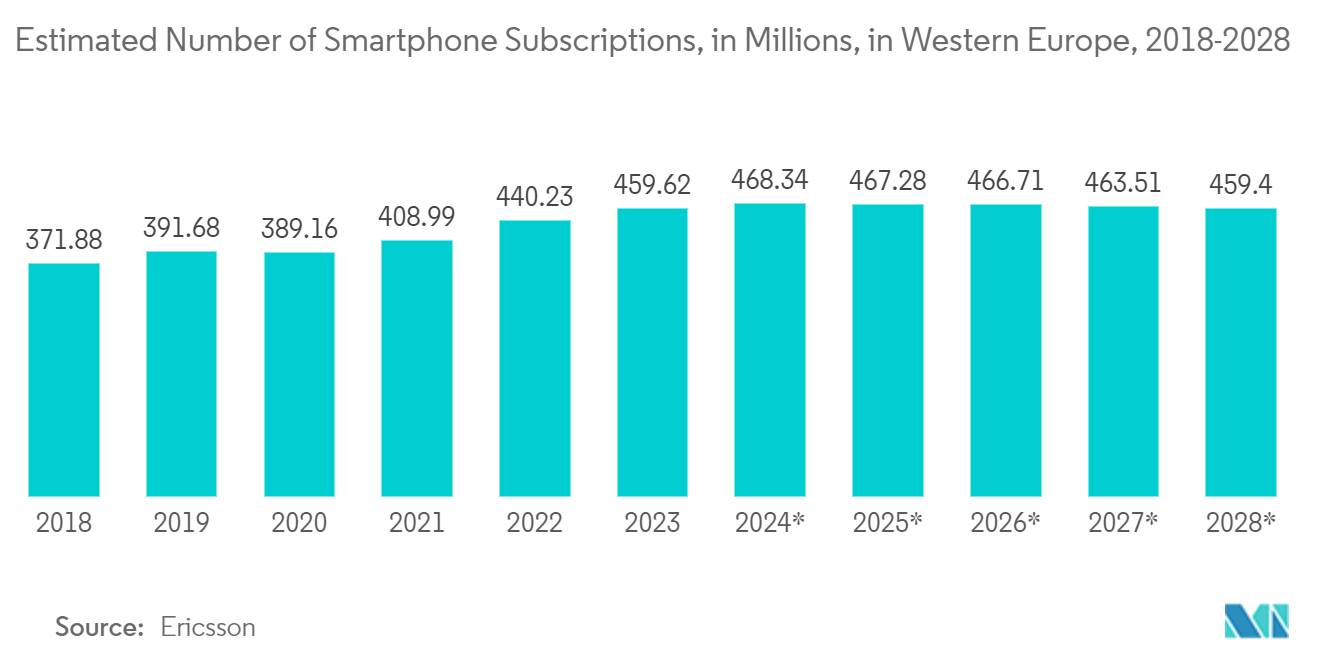Market Trends of Europe And Latin America Gamification Industry
Retail End-User Vertical Segment is Expected to Hold Significant Market Share
- Gamification is a growing trend in Europe and Latin America, with many retailers using it to engage with their customers and increase sales. In this case, end users would be the customers interacting with the gamification elements.
- Gamification in retail is loyalty programs that reward customers for their purchases. These programs often use points or badges to incentivize customers to continue shopping with the retailer. By adding a gamification element to their loyalty program, retailers can make the experience more engaging and fun for customers, increasing customer loyalty and repeat business.
- Some retailers in Latin America also use gamification to encourage social responsibility and sustainability. For example, a store might offer discounts or other incentives for customers who bring in recyclable materials or participate in community service projects. By using gamification, retailers can encourage customers to think about their impact on the environment and their communities while building brand loyalty.
- In Europe, some retailers also use gamification to create immersive shopping experiences. For example, a clothing store might use augmented reality to allow customers to try on clothes virtually. This can be a fun and engaging way for customers to interact with the products and increase their likelihood of purchasing.
- According to OECD, In 2022, the total retail trade sales volume index in the European Union remained nearly unchanged at approximately 117.08. Still, the total retail trade sales volume index reached its highest value from 2009 to 2022.

European Region is Expected to Hold Significant Market Share
- Gamification has gained popularity in various European sectors, including education, healthcare, marketing, and employee engagement. Companies use gamification to enhance customer engagement, improve employee performance, and create more effective training programs.
- The high penetration of internet and smartphone users in the region has also led to the more significant usage of gamification for marketing, especially using social media integration tools. According to Ericsson, smartphone adoption in Western Europe is estimated to be 459.40 million by 2028.
- Germany and the United Kingdom have a strong gaming industry, with several established game development companies and a large market for video games. This has created a talent pool and infrastructure that can be leveraged for gamification projects.
- High expenditure on advertising is witnessed across industries in the region, as advertisers use gamification to optimize brand awareness, target more audiences, and make additional website traffic.
- The gamification market in Europe is expected to continue growing, driven by the increasing adoption of gamification across various sectors and the availability of advanced technologies like artificial intelligence (AI) and virtual reality (VR) that can enhance the gamification experience.


